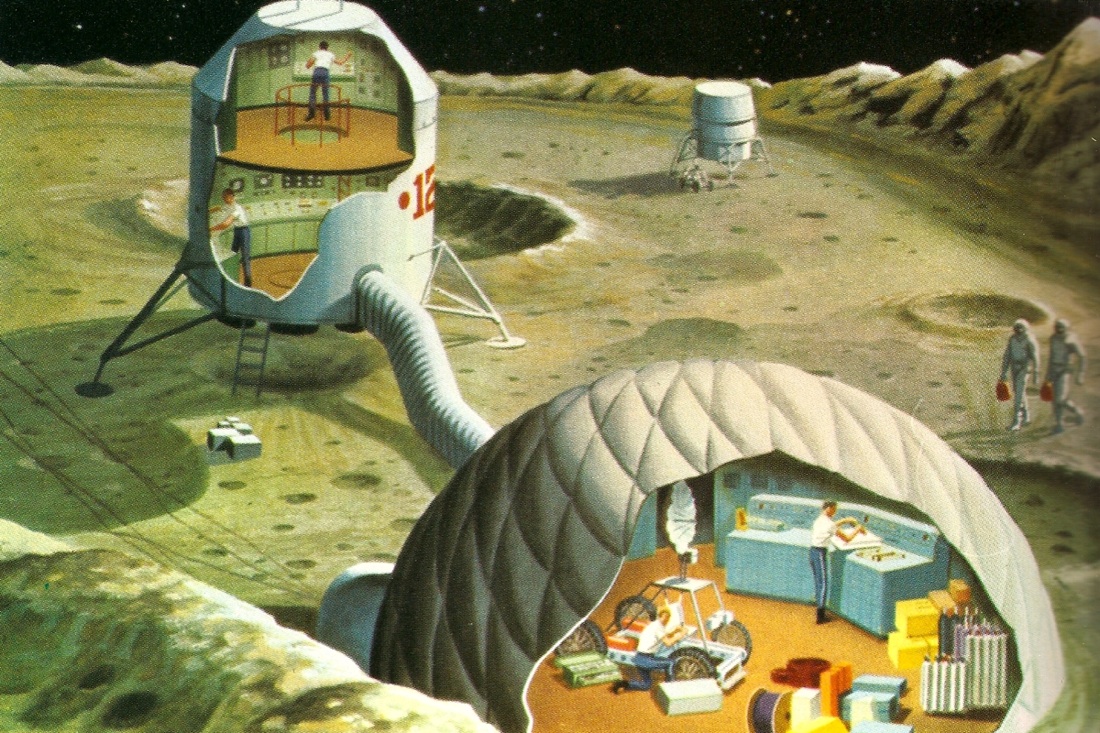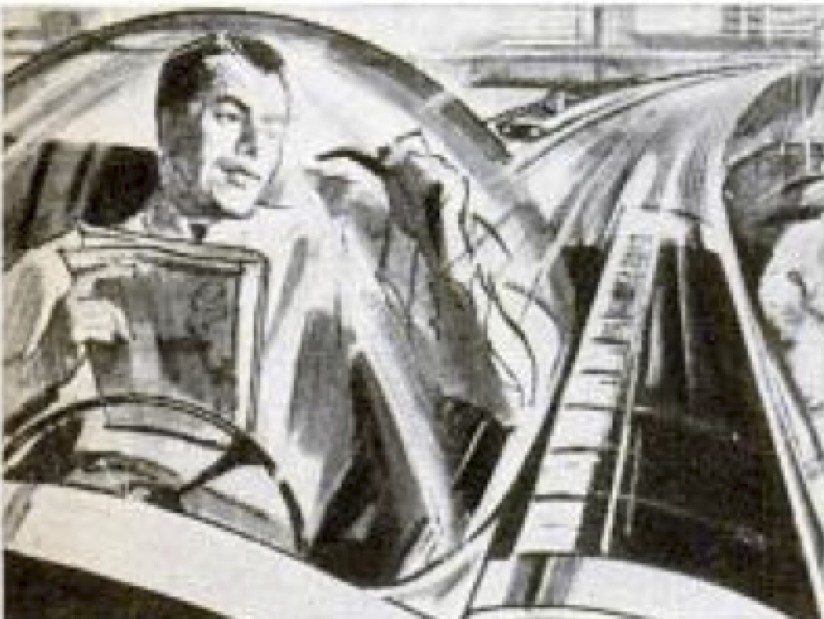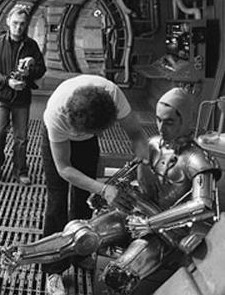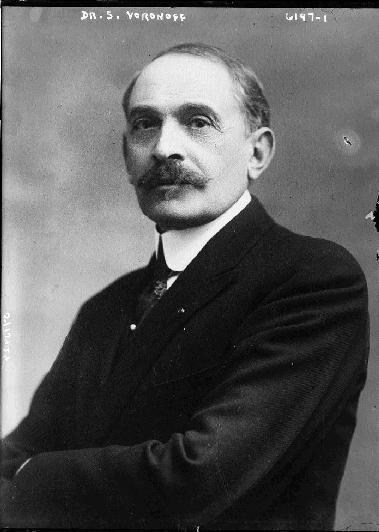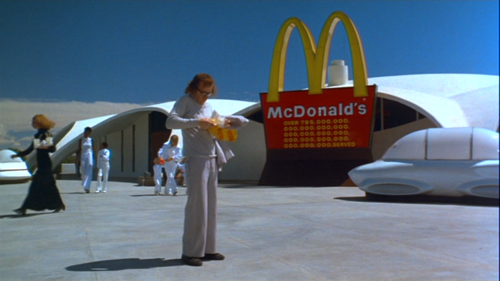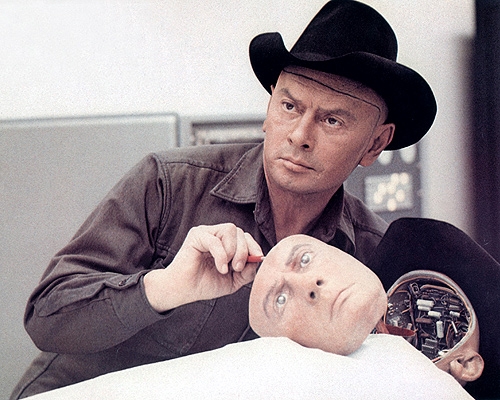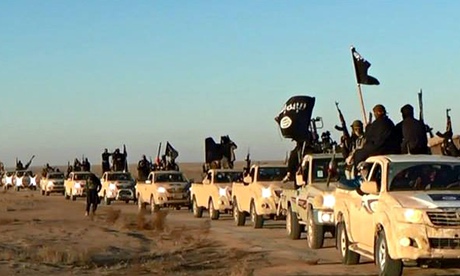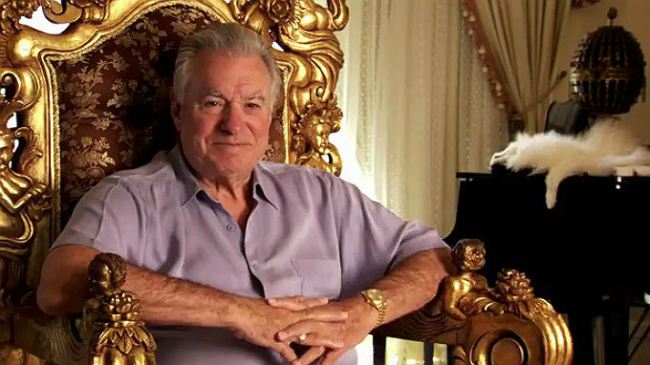Not that they give a damn, but I can never fully forgive the so-called good liberals in the media who supported the invasion of Iraq. It doesn’t mean I disqualify them on all fronts–that would be juvenile–but I still froth over the utter wrong-mindedness. Leon Wieseltier, the longtime witty editor and wonderful writer at the New Republic until that publication’s recent implosion, is one of the many Lefty thinkers who suddenly found a gun in his pants in the run-up to the Bush-Cheney bullshit war. Oy gevalt, Leon!
But he makes many good points in his just-published New York Times piece “Among the Disrupted,” which looks at the sacrifice of thought at the altar of data; humans moving, perhaps, into our post- period; and the modern attempt to measure quality only via quantification. Thinking, free of numbers, gave us, yes, the Iraq War, but also democracy, suffrage, the civil right’s movement, etc. We live in a far richer world than ever before because of interconnected computers which can reside snugly inside shirt pockets, but the new machinery of distribution knows casualties and philosophy and other things of non-numerical value shouldn’t be among them. “The character of our society cannot be determined by engineers,” as Wieseltier writes. His opening:
Amid the bacchanal of disruption, let us pause to honor the disrupted. The streets of American cities are haunted by the ghosts of bookstores and record stores, which have been destroyed by the greatest thugs in the history of the culture industry. Writers hover between a decent poverty and an indecent one; they are expected to render the fruits of their labors for little and even for nothing, and all the miracles of electronic dissemination somehow do not suffice for compensation, either of the fiscal or the spiritual kind. Everybody talks frantically about media, a second-order subject if ever there was one, as content disappears into “content.” What does the understanding of media contribute to the understanding of life? Journalistic institutions slowly transform themselves into silent sweatshops in which words cannot wait for thoughts, and first responses are promoted into best responses, and patience is a professional liability. As the frequency of expression grows, the force of expression diminishes: Digital expectations of alacrity and terseness confer the highest prestige upon the twittering cacophony of one-liners and promotional announcements. It was always the case that all things must pass, but this is ridiculous.
Meanwhile the discussion of culture is being steadily absorbed into the discussion of business. There are “metrics” for phenomena that cannot be metrically measured. Numerical values are assigned to things that cannot be captured by numbers. Economic concepts go rampaging through noneconomic realms: Economists are our experts on happiness! Where wisdom once was, quantification will now be. Quantification is the most overwhelming influence upon the contemporary American understanding of, well, everything. It is enabled by the idolatry of data, which has itself been enabled by the almost unimaginable data-generating capabilities of the new technology. The distinction between knowledge and information is a thing of the past, and there is no greater disgrace than to be a thing of the past. Beyond its impact upon culture, the new technology penetrates even deeper levels of identity and experience, to cognition and to consciousness.•




